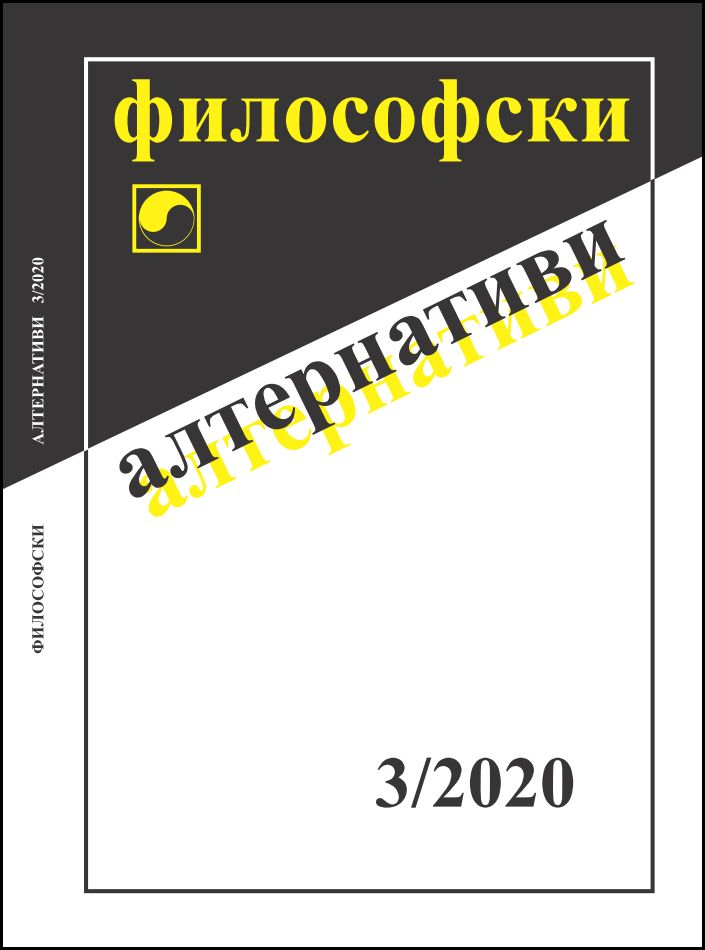Образът на мъртвия Христос в романа „Идиот“ и религиозният светоглед на Фьодор Достоевски
The image of the Dead Christ in the novel “The Idiot” and the religious worldview of F. Dostoevsky
Author(s): Igor Evlampiev, Inga MatveevaContributor(s): Iva Manova (Translator)
Subject(s): Philosophy, Language and Literature Studies, Studies of Literature, History of Philosophy, Special Branches of Philosophy, Russian Literature, 19th Century Philosophy, Philosophy of Religion
Published by: Институт по философия и социология при БАН
Keywords: Dostoevsky ; “The Idiot”; Dead Christ; immortality; Gnostic;Christianity;
Summary/Abstract: In the article, on the basis of the analysis of the pictorial image of the Dead Christ present in the novel “The Idiot”, it is concluded that the novel refers not only to the work by Hans Holbein “The Body of the Dead Christ in the Tomb”, but to the whole tradition of representation of Christ dead and alone, and in particular to Titian’s later work “Pietà”. Holbein’s painting probably caught Dostoevsky’a attention with the fact that it depicts a dead Christ, who still has signs of life. It is the “inconclusiveness” of Christ’s death that gives rise to doubts in his resurrection, because during that period Dostoevsky considered the resurrection of Christ not as a new existence in the form of an independent person, but as an entry into the “general Synthesis” and a merger with all the humanity and even with the entire universe. The analysis of the meaning of Titian’s canvas “Pietà” leads to the idea (probably shared by Dostoevsky) that our world was created by an evil God and is ruled by the forces of evil; this allows us to speak of an affinity of the points of view of the two artists-thinkers with Gnostic Christianity.
Journal: Философски алтернативи
- Issue Year: XXIX/2020
- Issue No: 3
- Page Range: 5-18
- Page Count: 14
- Language: Bulgarian
- Content File-PDF

